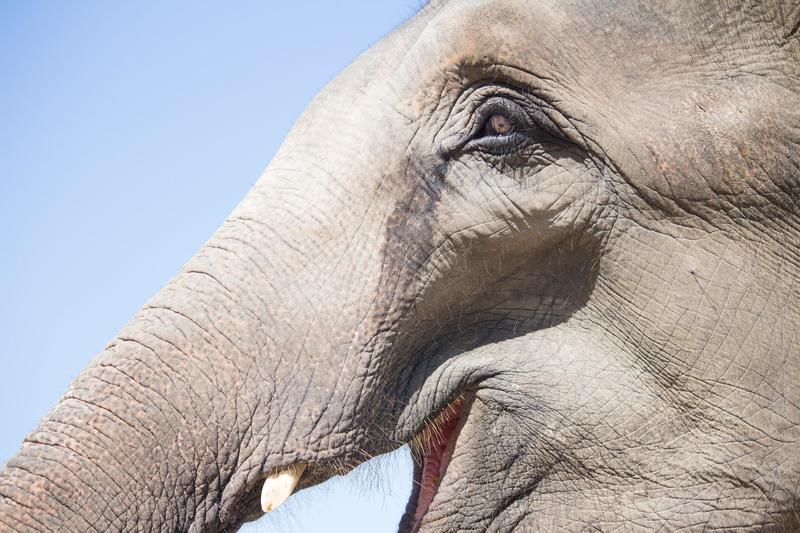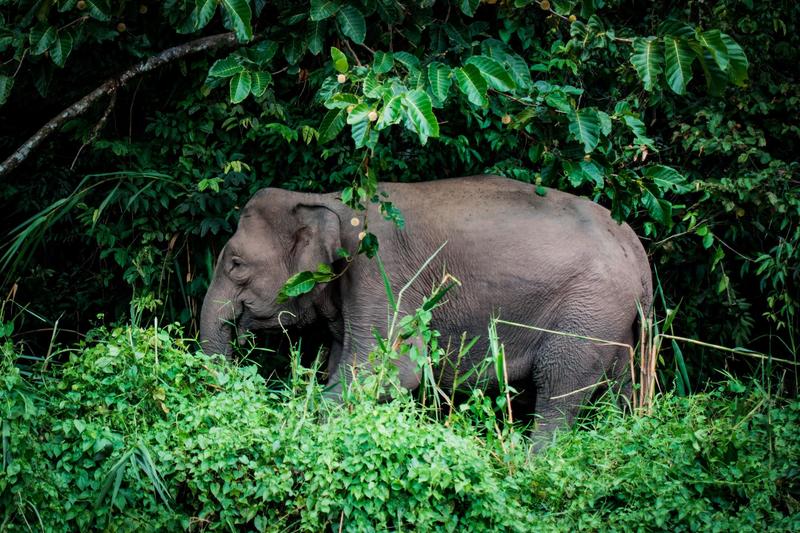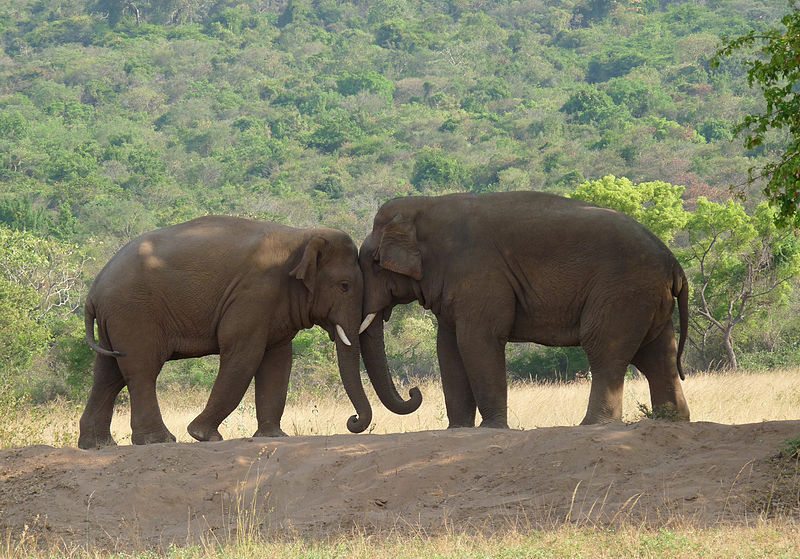Asian elephant
Episode #10 of the course “The Most Endangered Species in the World”
“Asian elephant” is an umbrella term for four subspecies of elephants that live throughout Asia, including the Indian elephant and the Sumatran elephant. There was thought to be hundreds of thousands of them at the beginning of the 20th century, but that number was cut in half. Asian elephants tend to be smaller than their African cousins, though they still reach up to 9 feet tall on average at the shoulder and weigh as much as 3 tons. Their distinctive trunks contain over 60,000 muscles that make them one of the most useful and precise natural tools in the animal kingdom.

Known for their sociable nature and immense power throughout the centuries, Asian elephants have been religious symbols used by humans for as long as Asian civilizations have been around. Elephants are involved in the Indian creation stories and god pantheon, and the earliest depiction of elephants in captivity dates to nearly 5000 years ago. Asian elephants inhabit forest regions throughout Asia and are often found in small family groups that combine and engage with other groups to form large collectives at times. They live up to 60 years in family groups that are run by an older, experienced female.

Elephants are losing their natural habitats because of deforestation and agricultural land development. They are often still used as beasts of burden in logging and transportation industries, and the methods of capture and conditions in captivity often lead to early deaths. While Asian elephants are not often as poached for their tusks to be used in the illegal global ivory trade, they are often killed for their skin and other body parts, which are believed to have magical or medicinal qualities.
Share with friends

